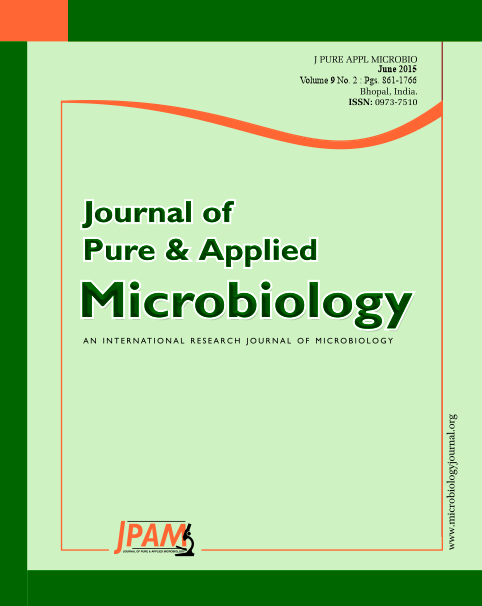To evaluate the microbiological sterility of selected Foley catheters as disposable medical devices. Random new packed samples of selected articles were obtained from open market and hospital pharmacy, and used samples from disposal waste of tertiary care hospitals in Peshawar, KPK. The Pharmaceutical sterility of these randomly sampled articles was assessed using United States Pharmacopoeia’s standards for the sterility tests. The tests for evaluation of sterility were carried out in controlled aseptic environment using standard procedures and equipment. In case of newly packed Foley catheters collected from market and hospital pharmacy, microbial growth was observed in 20%, 24%, 44%, 31% and 22% of samples of sizes 8 Fr, 12 Fr, 18 Fr, 18 Fr, and 24 Fr respectively. While in case of Foley catheters collected from hospital disposal waste microbial growth was observed even after re-sterilization. Both bacterial and fungal growths were detected. Chances of microbiological contamination in disposable articles available in market are quite ample. It is therefore recommended that pharmaceutical manufacturers of such articles must strictly comply with GMP guidelines especially for sterilization, and standards established for Single use devices like Foley catheters, and the re-sterilization of these medical devices is not safe and effective, so the hospital waste management should be make effective, so that the recollection and re-sterilization of such articles do not take place in practice.
Foley Catheters, Single Use Devices, Sterilization
© The Author(s) 2015. Open Access. This article is distributed under the terms of the Creative Commons Attribution 4.0 International License which permits unrestricted use, sharing, distribution, and reproduction in any medium, provided you give appropriate credit to the original author(s) and the source, provide a link to the Creative Commons license, and indicate if changes were made.


